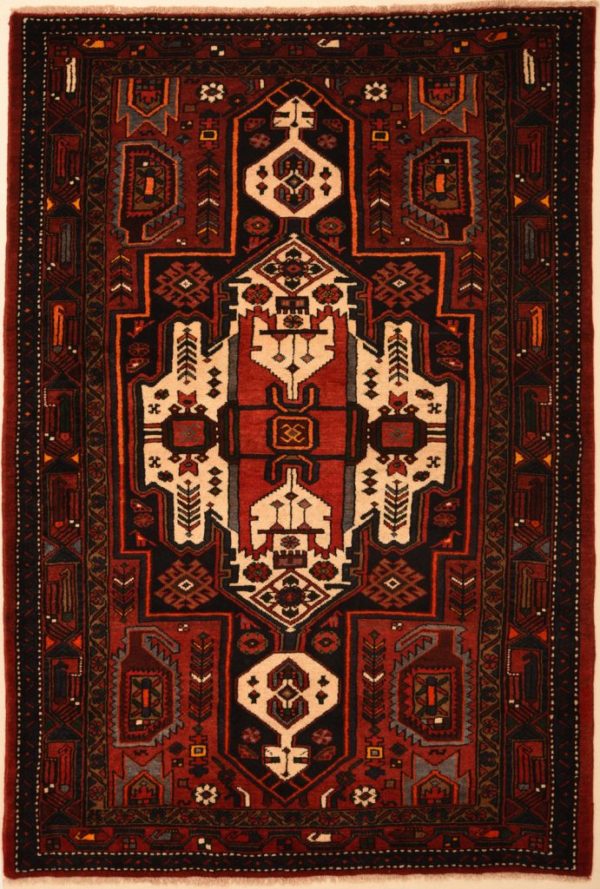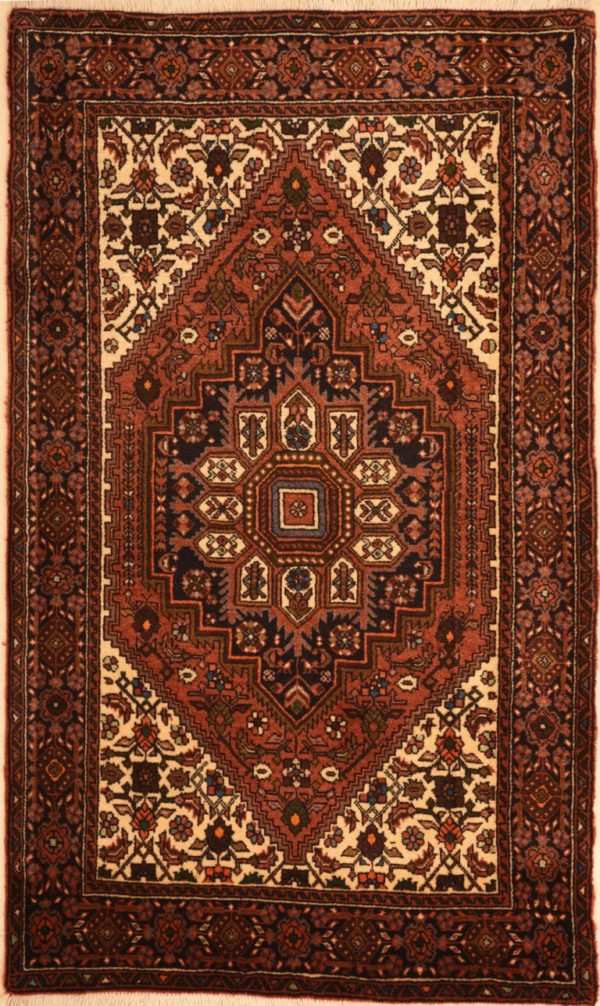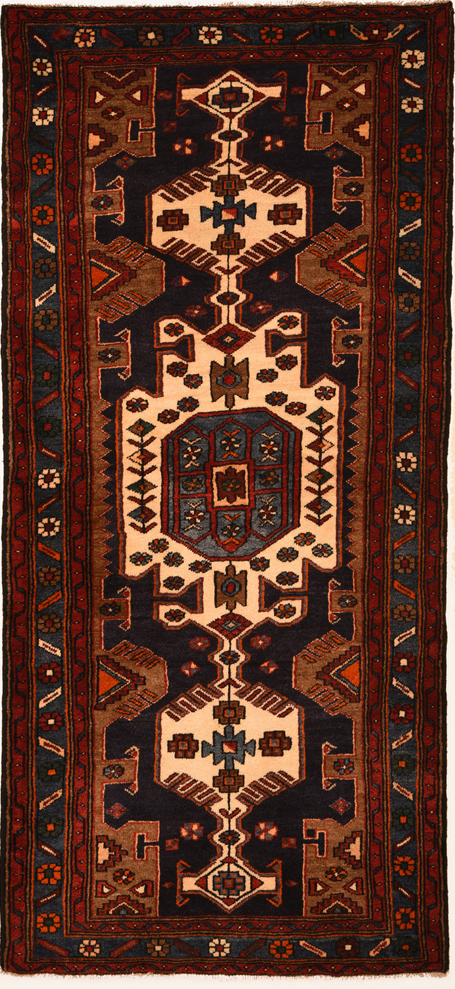Zanjan
Zanjan Rugs
Zanjan rugs originate from the ancient city of Zanjan, the capital of the Zanjan Province located in the north-western region of Iran.
The city is a major stop on the Silk Routes of Iran and produces a wide variety of fabulous, high quality Persian rugs.
All of these rugs are completely handmade by nomadic tribes that inhabit the mountainous regions along the north of Iran. These rugs are known for their geometric designs and bright, vibrant, and exotic colors.
The People of Zanjan
The people of Zanjan are mostly of Azeri population. They speak in a Turkic dialect. Interestingly, the word Zanjan is Farsi for “dear wife” or “dear lady”.
Weavers from this north-western region of Iran primarily shepherds and goat-herds.
They live nomadically in search of fresh, green pastures for their sheep and goats. Every year, before the winters set in, they migrate from the higher mountains to the lower plains that are not covered in snow.
Their nomadic nature makes it difficult for the weavers to set up advanced looms. Instead, they create their rugs on compact, home-made looms that can be dismantled and transported easily when it’s time to move. At every new destination, the loom is set up horizontally on the ground where the weaver continues working on their half-completed rug or starts on a new on.
The compact, portable nature of the looms makes it difficult to create larger size rugs, which is the main reason why most Zanjan rugs are small to medium in size.
Another reason for the smaller sizes is the absence of any modern technology or conveniences.
Zanjan Rug: A Mosul Rug in the Old Rug Market
Zanjan rugs are not manufactured in one particular region. They are in fact produced in several weaving villages scattered around the region. All of these rugs are then taken to Zanjan Bazar to be sold.
The assortment found in Zanjan Bazar includes rugs made in Hamadan, Bijar, Tabriz, and Azerbaijan among others. Rugs from the different weaving villages have their own technical and aesthetic characteristics, which are unique from all others.
Many of the rugs produced in Zanjan are inspired by the neighboring Hamadan and Bidjar provinces. These rugs are often categorized as Mosul Rugs in the old rug market.

The Best Substitute for Bijar Rugs
Zanjan rugs have several similarities with Bijar rugs. Both of these rugs have mostly dark deep shades of reds, browns and blues accented with lighter shades of beige and ivory.
Both rugs also feature geometric designs, favoring the medallion-in-medallion or double-medallion style of design. The slight, almost unnoticeable difference between the two is that Zanjan rugs have larger, more rustic patterns as compared to Bijars.
When it comes to the materials used, Bijar rugs are made from a more superior quality wool as compared to Zanjan rugs. Because of the slightly lower quality of the material and the more rustic nature of the patterns, Zanjan rugs are more affordable of the two.
If you love the style and designing of Bijar rugs but they are out of your budget range, the more affordable but almost similar looking Zanjan rugs are an excellent substitute.
Materials
Zanjan rugs contain only natural materials. Cotton and wool are the two most common materials used in the making of Zanjan rugs. Weavers use the wool shorn from their own sheep.
The colors used are extracted from whatever materials the weavers find in their surrounding environment, from various plant parts to insects shells.
Foundation & Pile
In earlier Zanjan rugs the foundation was mostly made of cotton, wool or a mix of cotton and wool. Rugs made after the mid-twentieth century mostly have a cotton foundation.
Few rugs have a foundation made of goat hair.
The pile is thick and soft. It is usually made of wool and is medium to long in length.
Weave & Knot
Although weavers in this region use both the Persian asymmetrical knot and the Turkish symmetrical knot, they favor the finer and more precise asymmetrical knot over the symmetrical double knot.
Colors
Zanjan rugs are known for their bright, vivid colors including shades of navy blue, crimson, blue, orange, and red.
Cream and beige are often used to provide some contrast and accentuate the outlines and various design elements. Only natural dyes are used.
Design & Pattern

There is a marked difference in the designs of the rugs produced before and after the late twentieth century.
In the older Zanjan rugs the designs are predominantly geometric and leaning towards the medallion style. A popular design included a small center medallion enclosed within a larger hexagonal medallion that surrounded it like a frame.
The oversized outer medallion often extended right across the length and width of the rug, often touching the borders. The background and medallions are covered in a variety of patterns and motifs, from stylized animals, birds, Herati (fish), star motifs and Boteh (paisley) to geometric flower head and other tribal designs.
Rugs produced after the late twentieth century have more modern design elements and colors. This was to cater to the tastes of western consumers. Weaving is often the only source of income for the people in this region so adapting to the trends is crucial to their livelihood.

Typical Sizes Available
Zanjan rugs are mostly small to medium size. Runners are also available, although they are relatively rare.
Smaller rug sizes range from 2’ x 3’4” to 2’8” x 4’8”.
Medium rug sizes range from about 3’9” x 6’9” to 4’3” x 7’2”.
Runners measure range from 2’7” x 9’6” to 3’7” x 16’10”.
Related Categories
Traditional Rugs | Bijar | Afshar